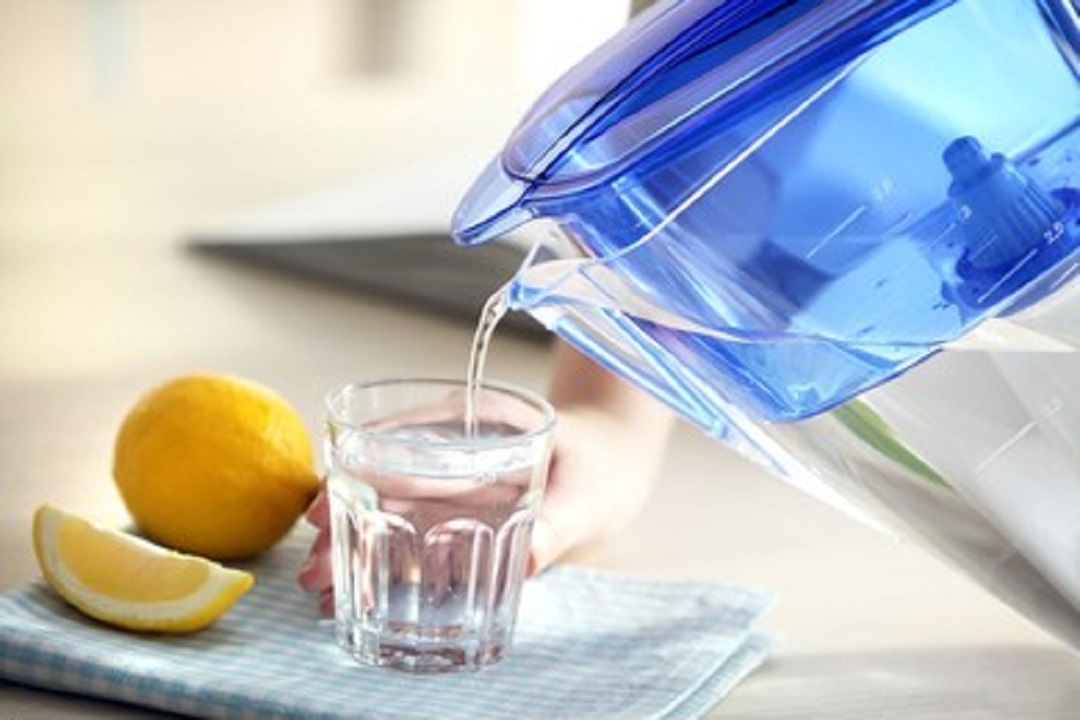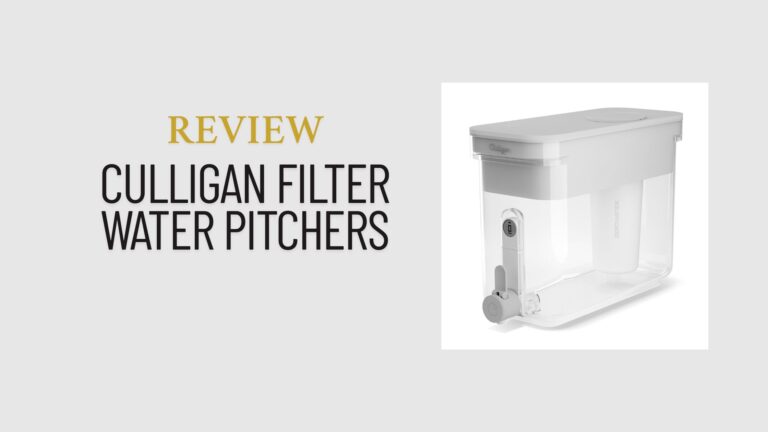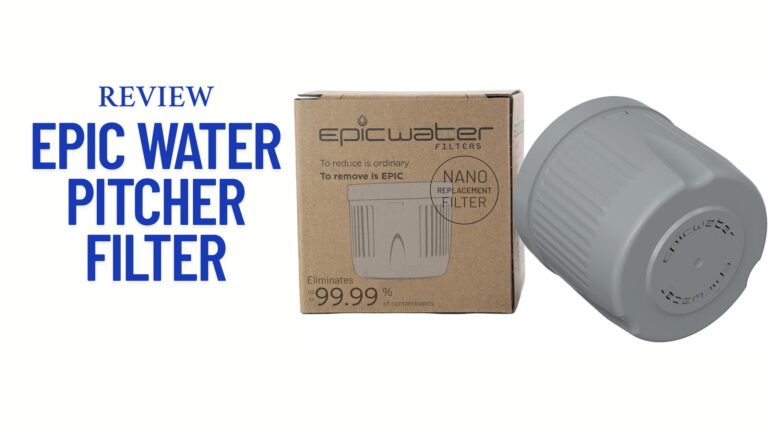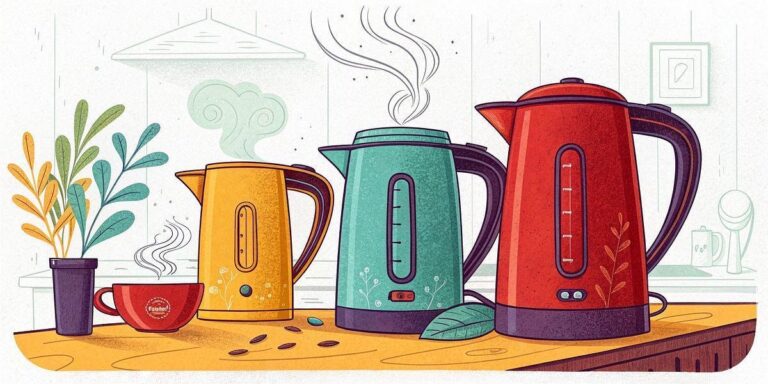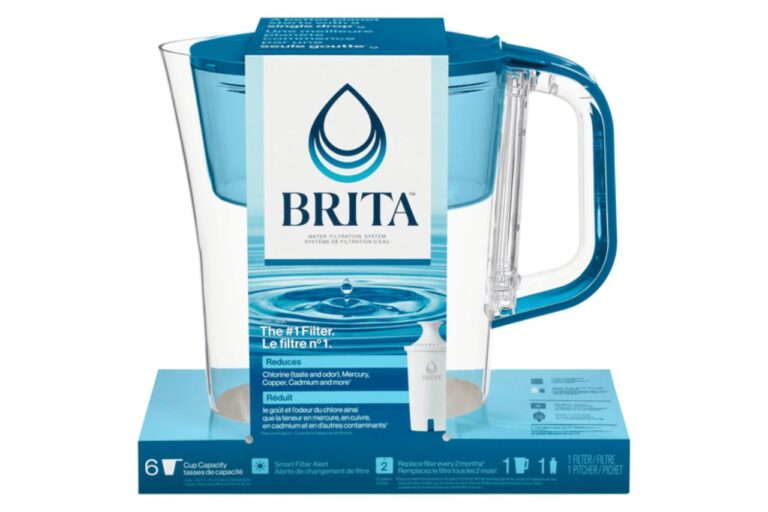Water Filter Pitcher Study
We anticipate clear, refreshing water regardless of whether it comes from a glass bottle or the sink tap in the kitchen. However, news stories concerning dangerous levels of lead and chlorine serve as a reminder that our source of drinking water does not always come from pristine mountain streams.
Do we really have any idea how safe the water that we consume is? In some situations something as simple as a water filter pitcher can handle the task.
A research on water contamination that was conducted by Consumer Reports and The Guardian found significant amounts of lead in virtually every water sample that was tested from community water systems that service more than 19 million people.
Lead is a heavy metal that may be released into drinking water when water pipes and plumbing fixtures in homes corrode. It’s risky on whichever scale you look at it. In order to eliminate microorganisms in water systems, chlorine is used; nevertheless, the byproducts of disinfection may also be harmful to one’s health.
There is a correlation between greater levels of chlorine exposure and increased rates of cancer, particularly in more rural and low-income locations.
Filter pitchers for water are not a miracle cure, but many of them may lower the amount of lead, chlorine, and disagreeable tastes or odors in the water.
After water filters that are incorporated into refrigerators, pitchers are the second-most popular form of water filtration system. In addition, they are straightforward to use and often cost less than forty dollars. Simply fill them up using the tap, and then wait for the water to make its way through the cartridge.
CR conducts testing on pitchers to see just how well they eliminate tastes and smells. We assemble a group of experienced water tasters and give them a sample of water that has been adulterated with common chemicals to make it smell and taste like a variety of different things, including metal, compost, wet soil, a sewage treatment facility, and a swimming pool.
Not at all the kind of beverages you want coming out of the tap! Then, our tasters give each pitcher a score depending on how well it eliminates the smells and aromas in comparison to a standard of spring water that is unadulterated.
According to Richard Handel, the project leader who is in charge of supervising Consumer Reports’ testing of water filters, “there is quite a variety in the pitchers’ capacity to eliminate off-putting smells and aromas, and some models are not that successful.”
In addition, if a manufacturer asserts that its pitcher satisfies the criteria established by NSF International for the removal of certain pollutants, such as chlorine and lead, then we investigate. In our experiments, all of the models were successful at removing chlorine, and four of the models were successful at removing lead.
However, there are additional considerations to take into account, such as the cost, the taste, the odor, and the ease with which the water may go through the pitcher without being obstructed.
For more information, please refer to our purchasing guide for water filters. Checking out our water filter ratings will let CR members know the specifics of how certain pitchers fared in our testing and how they performed overall. The following is a list of five things you need to understand about water filter pitchers.
1. The answer is yes, water filters pitchers may improve the flavor and aroma of water.
Compounds and compounds like zinc, chlorine, and hydrogen sulfide are some of the culprits that may give your water a metallic taste and an odor similar to that of sewage. During our testing, we assess the efficiency with which pitchers eliminate impurities from water, and we provide a combined grade for the elimination of both taste and odor.
According to the results of our studies, the majority of models are highly successful in reducing both taste and odor. The Pur below is the only pitcher to get an Excellent grade, while the other six are rated as Very Good. Despite this, two low-rated pitchers fail to deliver in terms of taste and scent performance, earning just a Fair grade.
2. Be Aware of Exactly What Is Present in Your Drinking Water
Even though the taste and odor of the water are the primary reasons why you use a water filter pitcher, it is still a good idea to explore other possible toxins that might be present in the water supplied by your municipality. The Consumer Confidence Report (CCR) that is provided by your community’s water provider will detail the amounts of pollutants such heavy metals, pesticides, and microorganisms that are found in the water supply.
The plumbing in your home or apartment may also have an effect on the quality of the water you drink. If it was constructed before to 1986, when lead-free pipes were required by law, you should get your water tested for lead since there is a possibility that it might be leaking from the pipes. There is no tolerable amount of lead in the environment.
Even at low concentrations, benzene is known to induce a variety of adverse health effects, including hypertension, impaired renal function, reproductive difficulties in adults, cognitive deficits, slower development, anemia, and hearing issues in children.
There is a possibility that the health agency serving your state or community provides free kits that test for a variety of pollutants, including lead. You also have the option of collecting a sample and having it tested by a qualified laboratory; the cost of this service may range anywhere from $20 to $100.
3. All Water Filter Pitchers Are Different
No filter does it all. Some pitchers are designed to eliminate pollutants that contribute to an unpleasant taste, such as chlorine, zinc, and hydrogen sulfide. Some people take out the lead.
If a pitcher is able to remove lead, as well as other pollutants such volatile organic compounds, heavy metals, medicines, and hormones, the package should include a specific certification mark for each kind of contaminant that it removes.
It is possible that a water pitcher filter will not be sufficient to alleviate the issue if the water in your home has major impurities. It’s possible that you need a filtering mechanism that’s more extensive.
4. The Price of Replacement Filters Can Become Exorbitant
The frequency of filter replacement will be specified in the instructions provided by the manufacturer. The standard interval is every 40 gallons or every two months, whichever occurs first.
It is in your best interest to adhere to their recommendations since filters that are clogged with particles become ineffective. In addition, the activated charcoal in filters has a limited ability to absorb tastes and smells before it becomes ineffective at its job.
This means that filters must be regularly replaced. In our testing, five pitchers received an Excellent rating for clogging, which indicates that they do not often clog, whereas two models received a failing grade due to clogging concerns.
If you find that the water coming out of your pitcher is moving more slowly than usual, the filter is probably blocked, and you should consider replacing it.
Some pitchers that filter water are equipped with a “filter life indicator” that notifies the user when it is time to change the filter. When it comes to the pitchers that we tested, the cost of the filter on an annual basis ranged from $27 for the one that had the greatest clog score to $150 for the one that had the worst clog score.
That was a simple choice to make. The column in our ratings titled “Features & Specs” will allow you to do cost comparisons.
5. The Filtration Process for These Pitchers May Take Some Time
It’s possible that you believe every pitcher filters water at the same pace. Not so. When it came to filtering time, the two pitchers that finished in first and second place in our testing were quite different from one another.
One pitcher, which was a model that filtered the water as it was being poured, filtered a quart of water in one minute and fifteen seconds. It took about fifteen minutes to finish the other pitcher. The product’s producer claims that the extended filtration time is the result of a patented process that eliminates 99 percent of lead efficiently.
If you often fill your pitcher and then place it in the refrigerator for use at a later time, the flow rate may not be a worry for you. However, this should be taken into consideration if your home consumes a significant amount of water on a daily basis due to its busy nature. In our testing evaluating flow rate and resistance to clogging, this Brita came out on top:
Our water filter ratings allow CR members to compare water filter pitchers, including their flow rates; our water filter purchasing guide provides members with further information about all of the available alternatives.
Where Does Your Water Come From?
Do you have water that has an unpleasant taste? Experts on water testing and filtration systems from Consumer Reports, Perry Santanachote and James Dickerson, discuss how one may learn more about water testing and which systems are the most effective.

